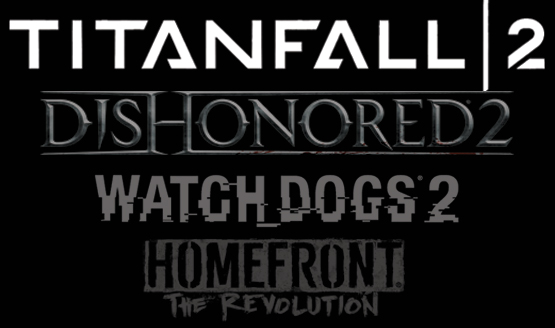2016 will no doubt be remembered as an historic, if disconcerting year. Over the past 12 months, we’ve had Trump, we’ve had Brexit; we’ve seen underdogs triumph in the face of adversary and the unimaginable come to pass, quite frankly. Narrow that focus down to the video game industry and you’ll find a similarly peculiar mix of record-breaking highs and disappointing lows; of indie developers…







